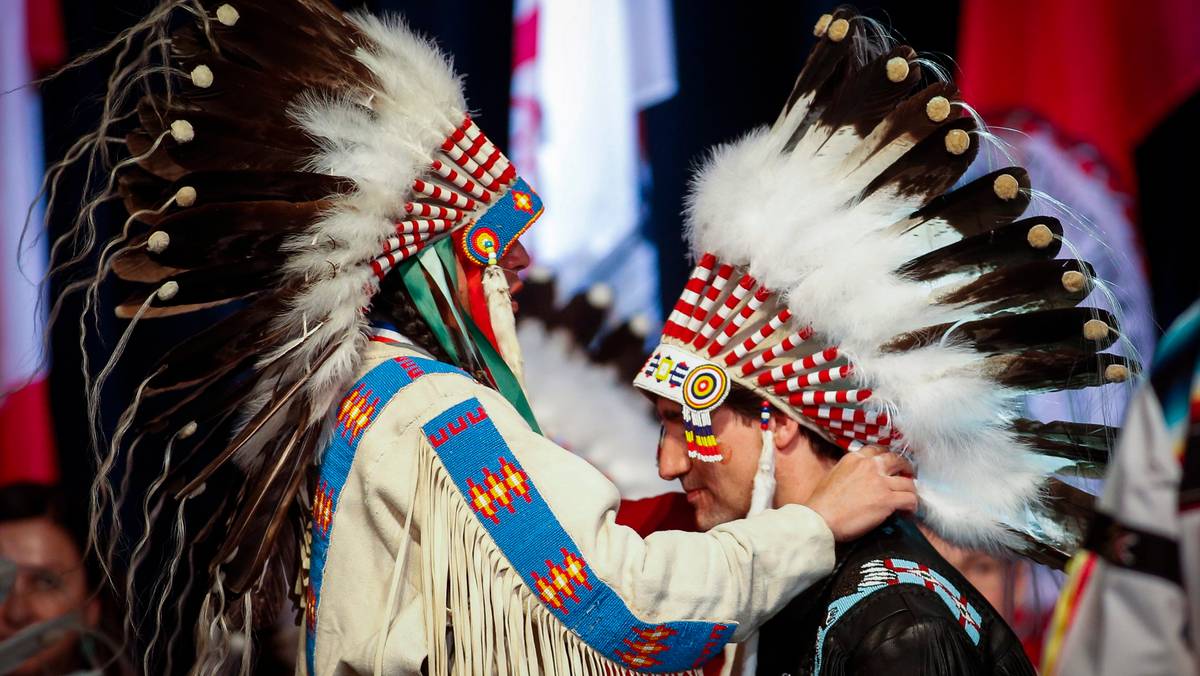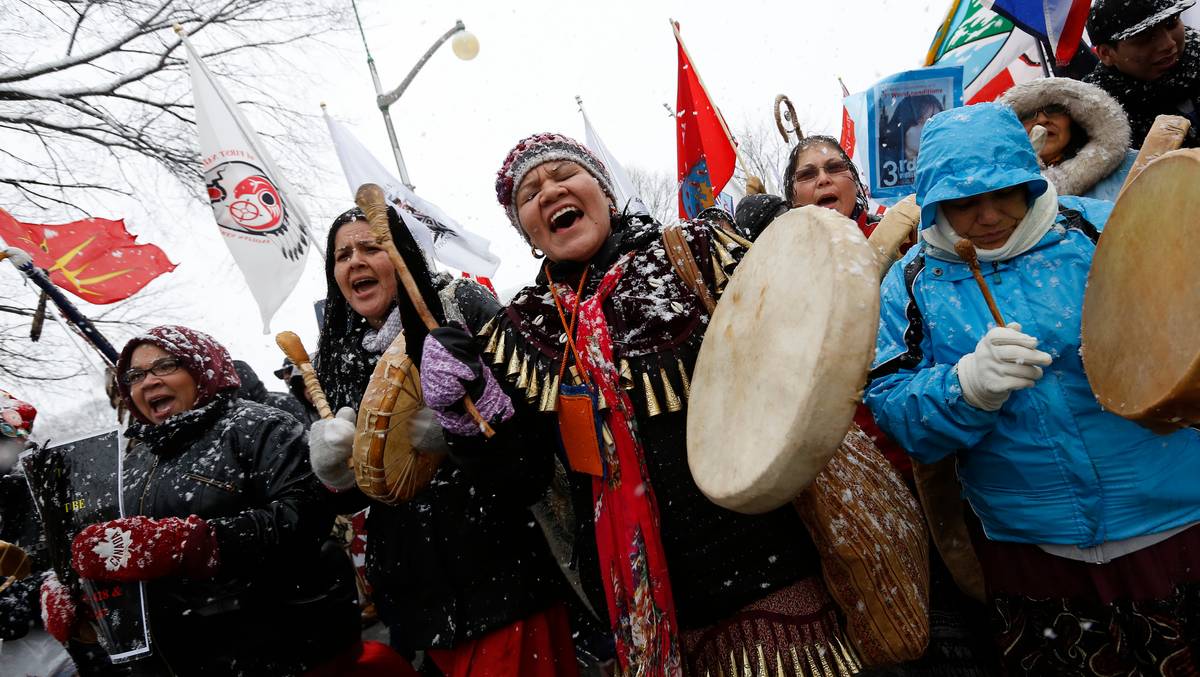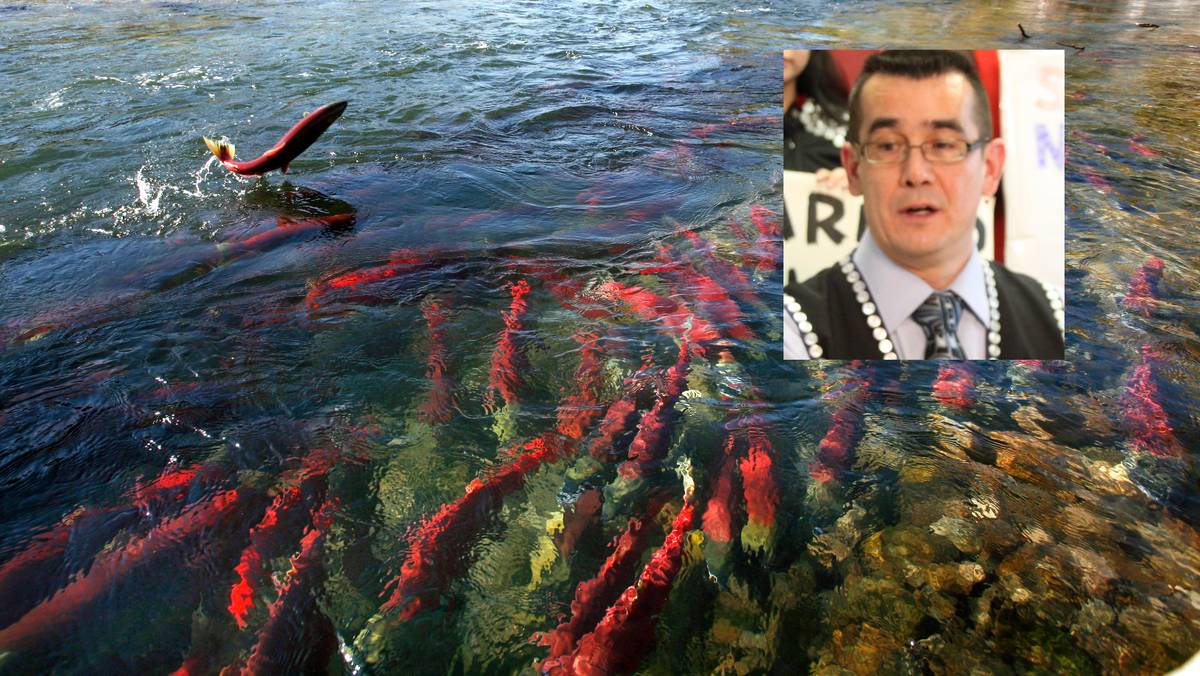Arkansas-born Ronnie Hawkins, who once billed himself as the “King of Rockabilly” and “Rompin’ Ronnie,” died Sunday morning. His wife Wanda told The Canadian Press in a phone interview that he died peacefully in a hospital bed in Peterborough, Ont., after struggling with several recent health issues.
Hawkins was best known for bringing together the five-piece band that would later become “The Band”. However, much of his musical career is less well known. Hawkins was an artist and an artist more than a musician. His talents lie primarily in his ability to entertain on stage.
Born in 1935, the son of a schoolteacher and a barber, Hawkins has lived on a knife edge since his days at Fayetteville High School. He earned up to $300 a day hauling whiskey between Missouri and Oklahoma, where alcohol was banned in some counties. His “swollenThe Ford Model A was designed and sized to get away from the police when needed. He invested the money he had saved in local nightclubs and concert halls.
Hawkins formed his first band before graduating from high school, during the very early days of rock and roll. Arkansas was a musical melting pot, and Hawkins soaked it all up. (See WSWS on Sleepy Labeef, also born in Arkansas in 1935. Link to English text). Country music mixed with the blues to form rock and roll and “rockabilly”, which Hawkins considered himself to be. From the powerful KFFA radio station in Helena, Arkansas came “King Biscuit Time”, which played the blues of black musicians such as Sonny Boy Williamson, Robert Jr. Lockwood, Memphis Slim, Robert Nighthawk and the like. At the same time, traveling minstrel shows entertain a wide range of the population of the rural South.
Memphis was the hub of this musical melting pot. Record producer Sam Phillips founded Sun Records, recording the music of black and white musicians. He is credited with launching the career of Elvis Presley, who was born just two days before Hawkins. Stax Records, a soul and blues label, had black and white musicians in its stable and was also located in Memphis. In its heyday, the label produced Otis Redding and Booker T. & the MGs Other artists, such as R&B guitarist Chuck Berry, country star Bill Doggett (“Honky Tonk”), and Roy Orbison, who was considered a hybrid country R&B, dominated the music scene.
During a six-month stint in the military, Hawkins led a group of black musicians, calling the group the Blackhawks. It was short-lived, as was his military career. After his release from service, Hawkins was always on the lookout for talent for his ever-changing band lineup. He recorded several demos at Sam Phillips’ Sun Studios, but they didn’t sell very well.
Competing with artists such as Conway Twitty, Bo Diddley, Jerry Lee Lewis and Little Richard, Hawkins was determined to get the most out of the group he assembled. Around 1957, while looking for a drummer, his bassist told him about a high school student named Lavon Helm from Marvell, Arkansas who, although he was actually a guitarist, was a natural drummer. In 1958, after passing his final exam, he traveled with the Hawks and became known as Levon.
Hawkins didn’t even consider himself a musician. When his younger bandmates went to Memphis to register with the musicians union, he stayed behind saying, “Why? So I don’t play anything anymore.” He was athletic and used all his abilities on stage to impress his audience. In his autobiographical book, This Wheel’s On Fire, Helm recounts Hawks’ style of performance:
The first gig was just awesome. Ronnie Hawkins could really work a crowd on a Friday night. I mean, he had them where he wanted them. He was tall, handsome, funny and had a beautiful voice. He was an entertainer rather than a musician. He had an instinct for crowd psychology and could send a roar across the room if he wanted, just by flicking his wrist. It was this power he had over people. We had that Bo Diddley beat on, Hawk came to the front and did his kick, that camel ride, and things just took off. Ronnie had been a professional diver as a teenager, so he could perform a frontal somersault and land in splits that would amaze you. Then he danced and pretended to pull Will Pop Jones, a tall, strong boy who banged the piano keys so hard he bounced through the air. God, that beat was amazing!
Conway Twitty briefed Hawkins on the opportunities in Canada. According to Helm, Ronnie told him, “He says they’re hungry for a good band up there.” Toronto’s nightclub scene had enough work to keep them going.
Where Hawks went through multiple incarnations, Helm became Hawkins’ right hand man. The group was formerly called Levon and the Hawks. A few years of wild touring in the United States and Canada followed. Morris Levy, known as the “godfather” of Roulette Records, signed them. The band recorded a few tracks under the Hawkins name, including “Mary Lou” and “Forty Days” (a reworked version of Chuck Berry’s “Thirty Days”), which became minor hits.
Hawkins took his band to the Jersey Shore to perform live. Levon Helm recounts this experience:
Shore clubs attracted rock and roll fans from New York and Philadelphia. Soon we were drifting hijacked company, sold out all the houses and drew nearly as well as some of the greatest showbiz artists of the day, including Sammy Davis Jr., Teresa Brewer and Frankie Laine. It got the talent scouts moving, and soon we were being courted by New York record labels, who saw Ronnie as the next big thing. After all, that year there was a big void in rock and roll: Elvis was in the U.S. Army, Chuck Berry was in prison, Jerry Lee was out of favor, having married his thirteen-year-old cousin, Little Richard. was in the worship choir house, Conway had gone to the country, and Buddy Holly was dead. Some said rock and roll was dying, but maybe Ronnie Hawkins could save the patient.
To Morris Levy’s disappointment, Hawkins preferred Canada.
Beginning in late 1959, Hawkins took 16-year-old Canadian Robbie Robertson in tow. He sent his best guitarist to show him the basics and brought him to Arkansas to experience the roots of rockabilly. Once Robertson had proven himself, Hawkins then added Richard Manuel, Rick Danko, and finally, in 1961, electronic keyboardist Garth Hudson to the band.
The backup musicians were in the studio making purely instrumental recordings, and the band’s new producer at Roulette, Henry Glover, told Helm that they were good enough for these musicians to try out for themselves, and that in this case, they should contact him. This got the ball rolling. The band eventually worked with Bob Dylan and later became “The Band”.
Hawkins and Helm remained close for the rest of their lives. They both gave their life to their music [engelsk tekst] as long as they could. Helm describes Hawkins in “Wheels”:
To this day, he is a good friend and a great leader, with an incredible ability to select the best musicians and turn them into first-class bands. He was immediately likeable, dependable, and just a natural entertainer; one of the funniest guys i have ever met. The Falcon had been to college and could quote Shakespeare when he felt like it. He was also the most vulgar and outspoken rockabilly character I have ever met in my life. He would say and do anything to shock you.
Hawkins was invited to play with The Band during their 1976 farewell performance, “The Last Waltz”, which was filmed by Martin Scorsese.
In 1982, Hawkins won the Canadian Juno Award for Male Country Singer of the Year. A resident of Canada and an “honorary” citizen of the country, Hawkins has received several honors for his lifetime musical achievements.

“Explorer. Food advocate. Analyst. Freelance bacon practitioner. Future teen idol. Proud pop culture expert.”






